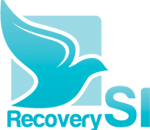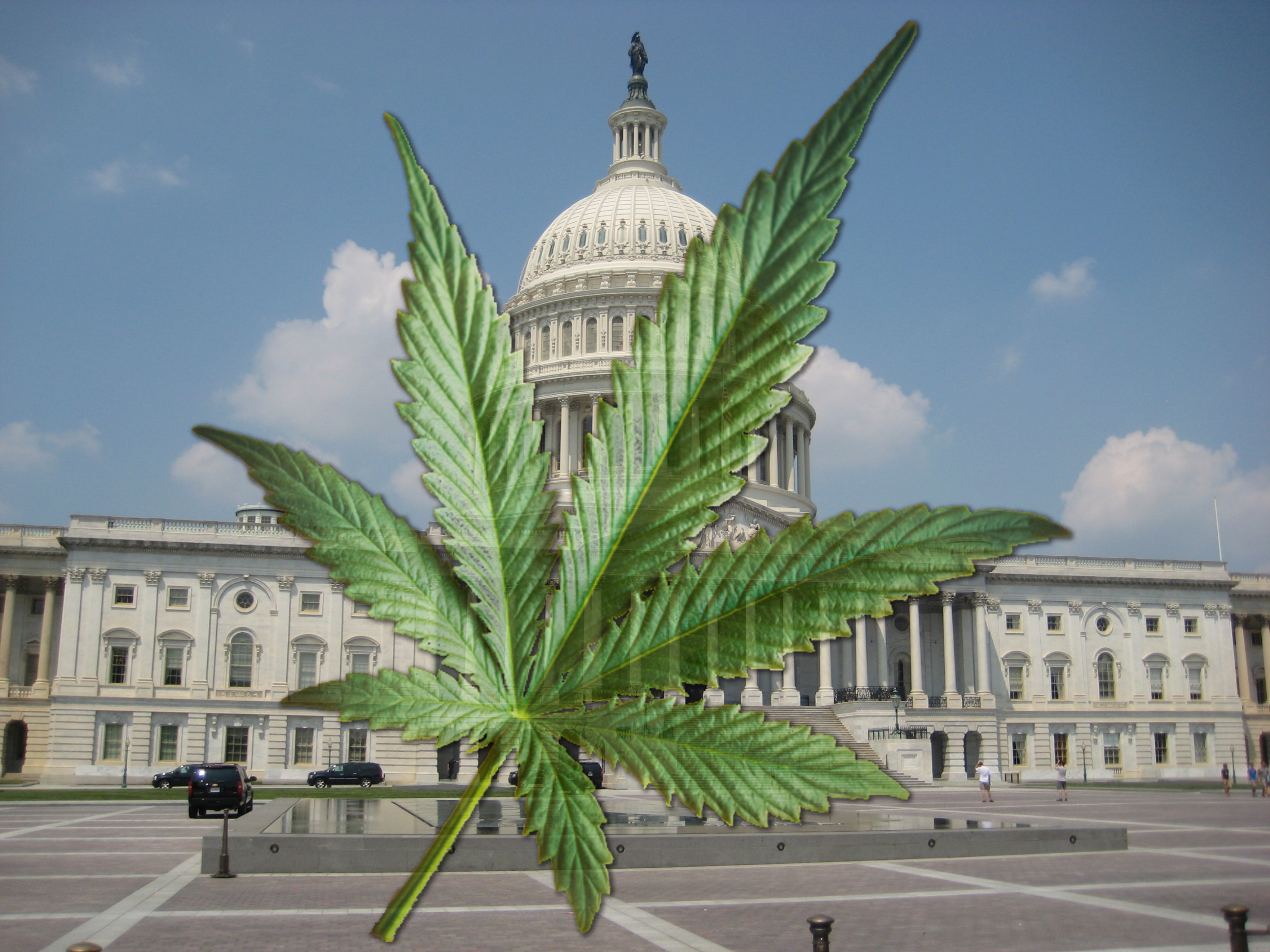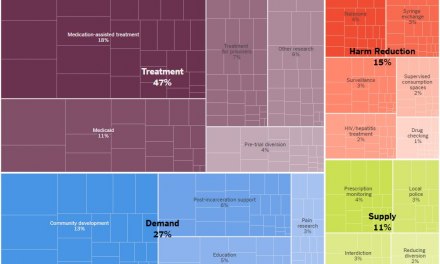Now this is news. I’m not at all sure it’s the good kind of news, however.
Trump signs an executive order to make it easier to remove homeless people from streets
According to NPR, the executive order “…includes involuntary civil commitment for those ‘who are a risk to themselves or others…'”. That echoes (I expect intentionally) current language from involuntary commitment orders in most US jurisdictions. But is that a good thing?
The above reflects a longstanding wish of many families and friends of persons with severe mental illness and/or substance addictions — two groups that seem to have been targeted here. No question some will require involuntary hospitalization during the course of their illness.
The problem is that there are many, many among the homeless population who do not qualify as either mentally ill or substance dependent. Can they also be involuntarily committed, at the discretion of their families, or various authorities? If so, I’d be concerned about abuse, and would want to see a firm guarantee of due process in each case.
To justify its restrictions, Trump’s order puts the blame on “…Endemic vagrancy, disorderly behavior, sudden confrontations, and violent attacks [that] have made our cities unsafe.” Again, I suspect that language applies only to a minority of the homeless population, and therefore cannot reasonably be used to describe the rest.
Are others among the unhoused to be held responsible for offenses they did not commit, simply because they lack a place to live?
“Critics said the sweeping action does nothing to solve homelessness, and could make it worse.” I seriously doubt that the goal of the executive order was ever to “solve” homelessness, in any meaningful way. It’s about taking people perceived by some as ‘troublemakers’ off the streets and putting them into secure institutions, at least for a while.
“Out of sight and out of mind,” observed one counselor.
Of course, at some point they’d have to leave the institution, and many would presumably still lack stable housing. I suppose the burden would fall on outpatient and support services in the community.
Problem: There aren’t enough of those services to meet the existing need. So where is the funding for more?
This sentence surprised me most of all: “…Trump’s order also calls on the Substance Abuse and Mental Health Services Administration to defund addiction programs that include “harm reduction.”
Would that include distributing naloxone, the opioid antagonist? What about needle exchange programs, to suppress HIV transmission? Medication Assisted Treatment (MAT)? All evidence-based interventions with proven records with respect to public health. Why defund them now, when overdose fatalities are finally on the decline?
Not that it would take much for them to rise again.
All this apparently relates back to a “…Supreme Court ruling… that said cities can punish people for sleeping outside even if they have nowhere else to go.”
I suppose that means jail. I can’t imagine wardens of already overburdened correctional institutions welcoming an influx of the homeless into a setting where they instantly constitute a vulnerable subpopulation.
On first hearing, I have to admit that this order struck me as an example of poor planning and policy-making. In truth, it could ultimately “make things worse.”
Let’s hope I’m wrong, or a better plan is on the way.













